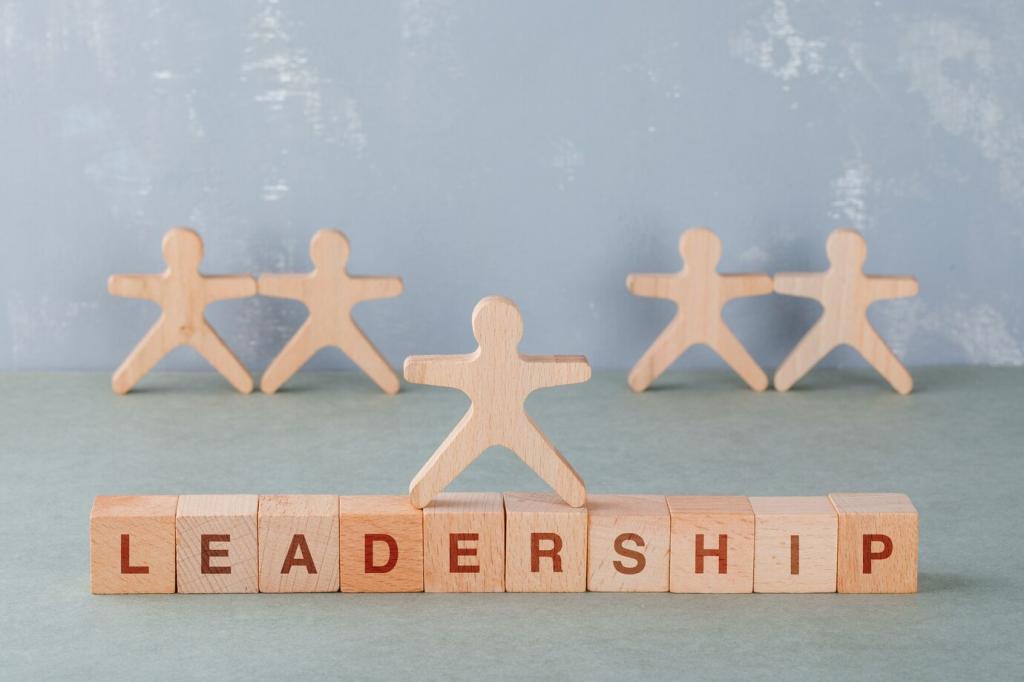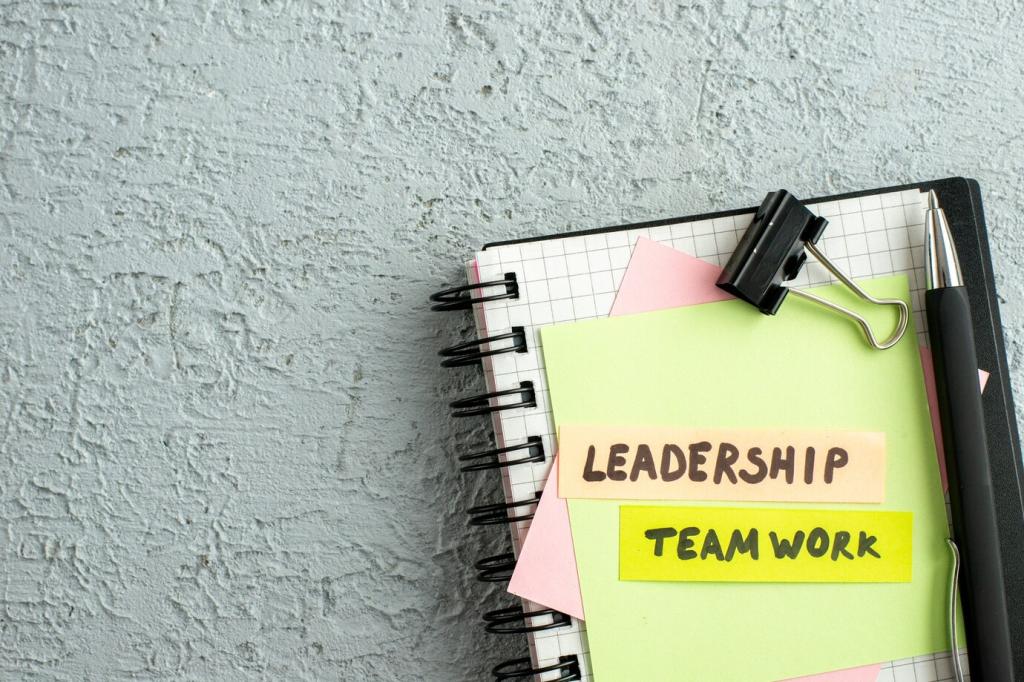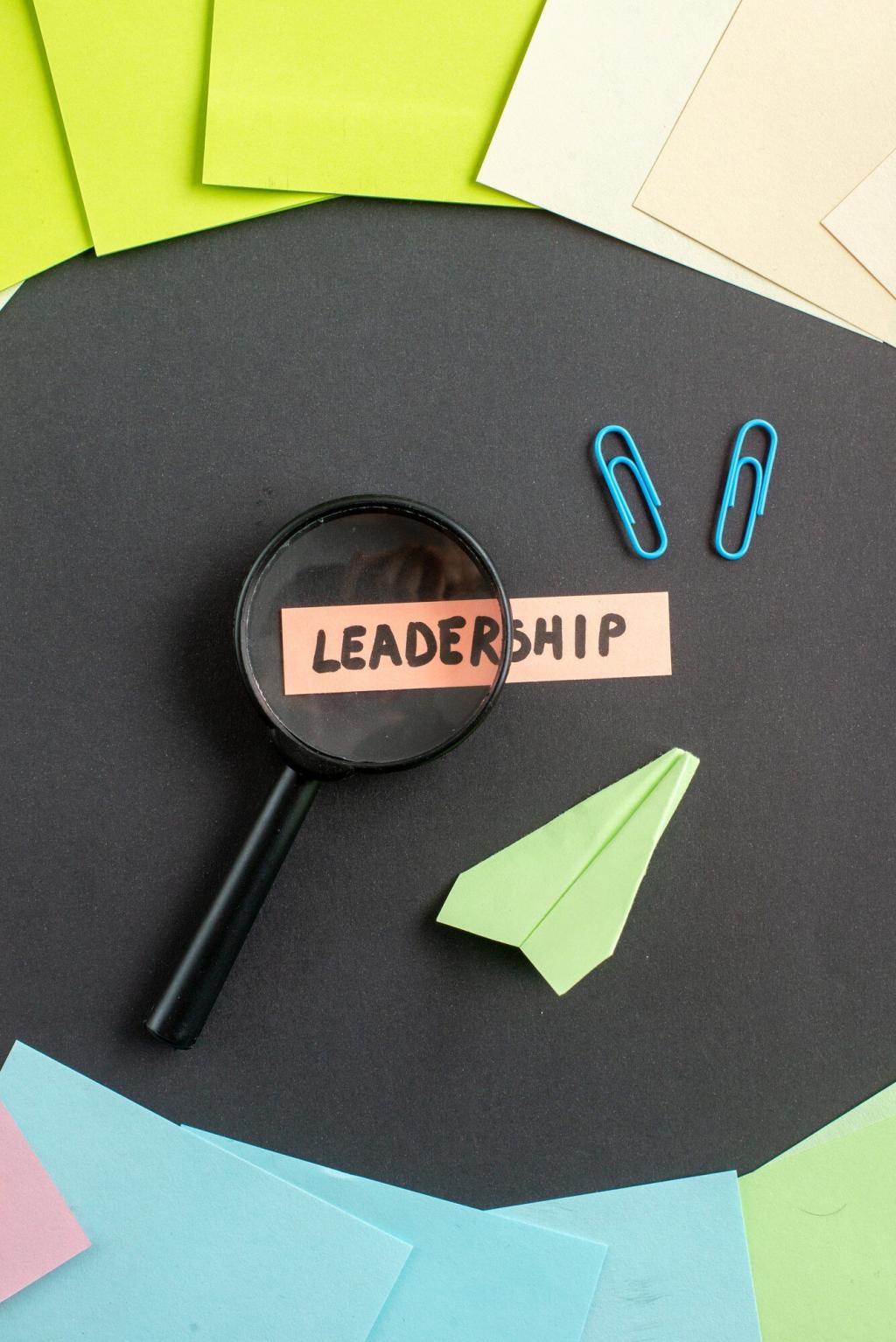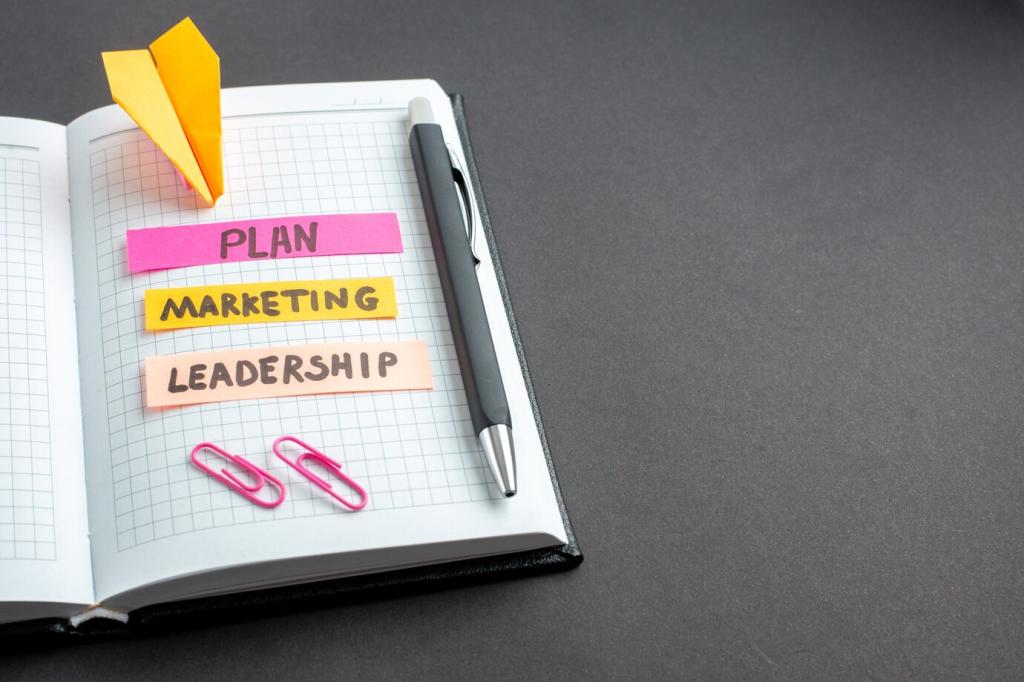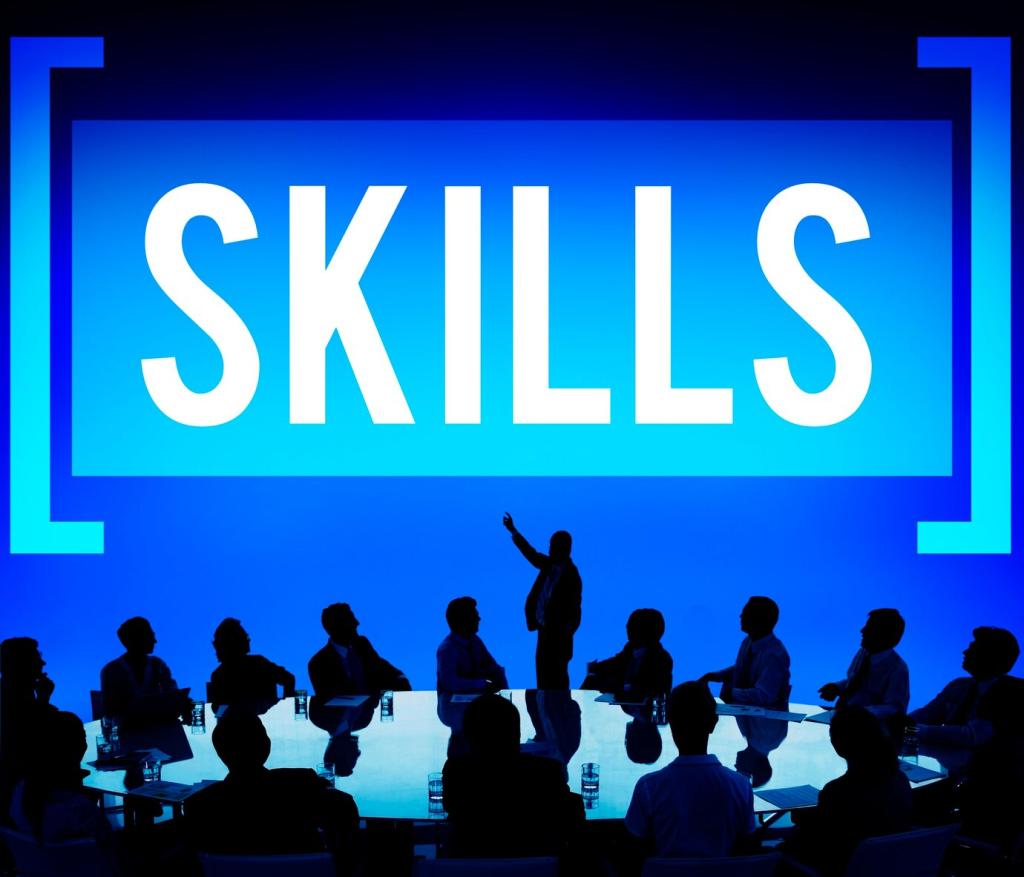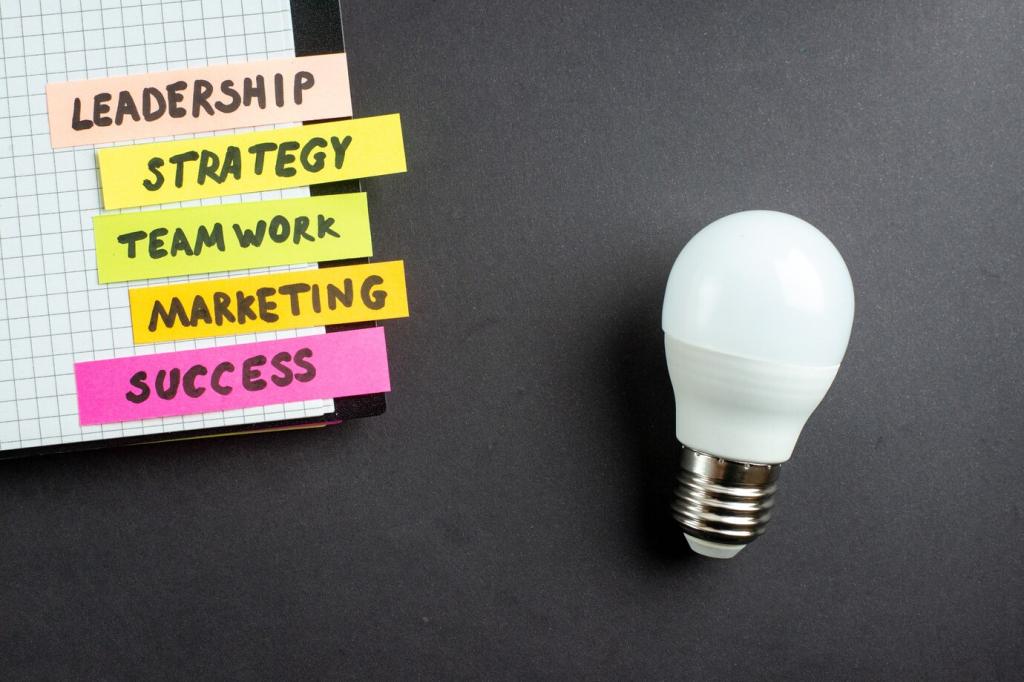Measuring Growth and Continuing the Journey
Transparent rubrics and leadership portfolios show growth over time. Students compile artifacts—feedback excerpts, project outcomes, reflection notes—that demonstrate behavioral change. Hiring managers love the clarity; students love seeing their evolution in one place.
Measuring Growth and Continuing the Journey
Leadership practicums culminate in commitments: mentor a junior colleague, redesign onboarding, or launch a sustainability initiative. Public presentations raise the bar. Post a comment if you want a capstone showcase highlighting diverse project pathways.
Measuring Growth and Continuing the Journey
After graduation, progress accelerates with peers who challenge and champion you. Alumni circles exchange tough lessons, tools, and opportunities. Join our mailing list to access monthly meetups, curated resources, and mentoring matches aligned to your goals.
Measuring Growth and Continuing the Journey
Lorem ipsum dolor sit amet, consectetur adipiscing elit. Ut elit tellus, luctus nec ullamcorper mattis, pulvinar dapibus leo.


